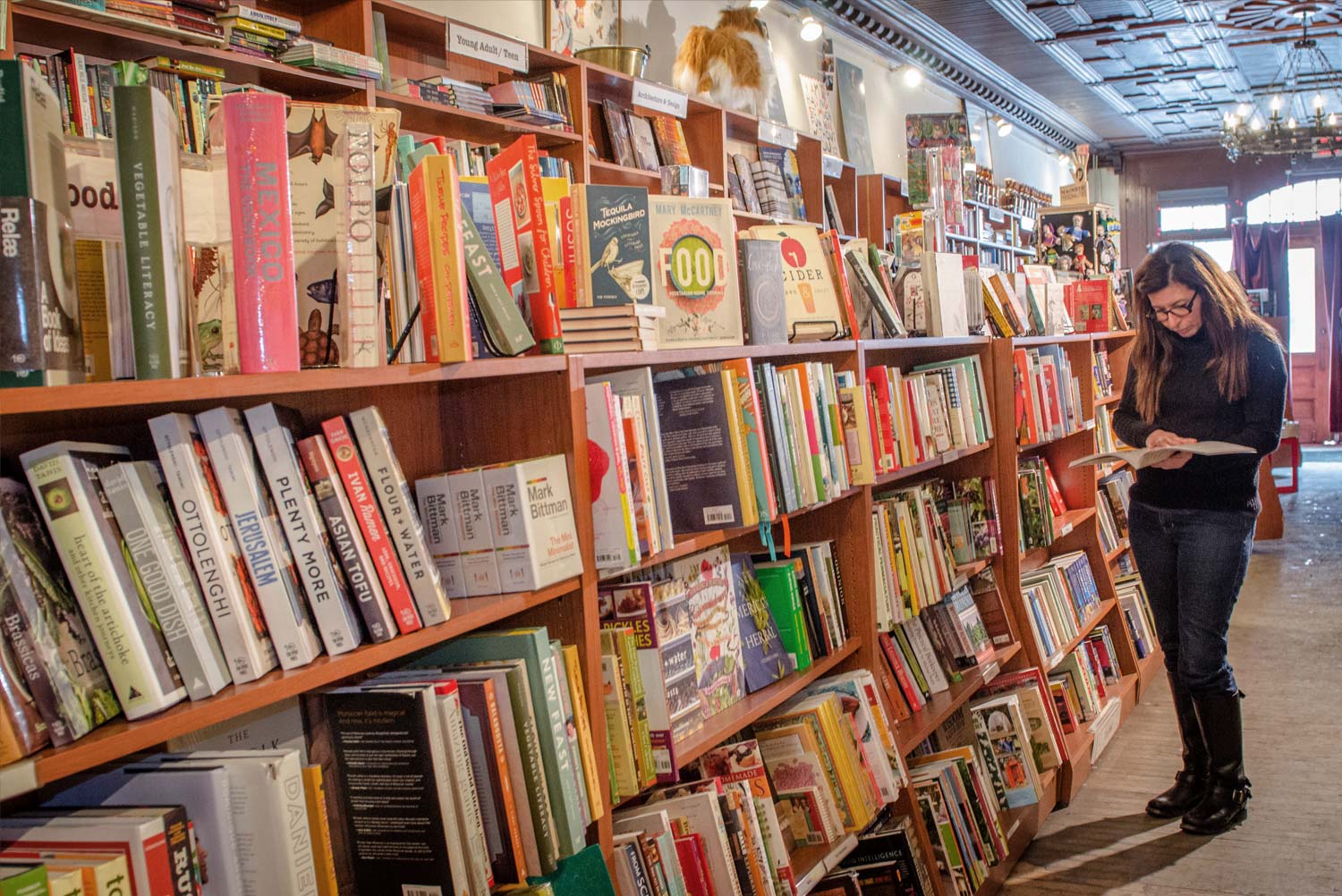We carry over 10,000 new books in all categories, including a large section of unique books and toys for kids, preteens, an expanded local section, history, gardening, food & wine, G/L/B/T, and sections featuring local writers and interests. Whether you’re looking for a classic or cutting edge, we’re constantly adding new titles, so stop in to see what we have! Special ordering is always available.
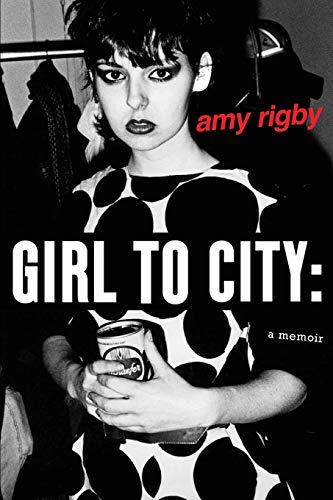
Amy Rigby’s memoir Girl To City is a love letter to New York of the 70’s, 80’s and 90’s in all its difficult, gritty glory, but also to the punk music that flourished there and started her thinking, “Maybe I can do that, too.” Turns out she could and she did. You’ll be in awe of the shows she’s seen and the bands she’s toured with, but she’s honest about the difficulties of the music industry and life in the city – it makes you root for her all the more during her addictively readable adventures. MORE
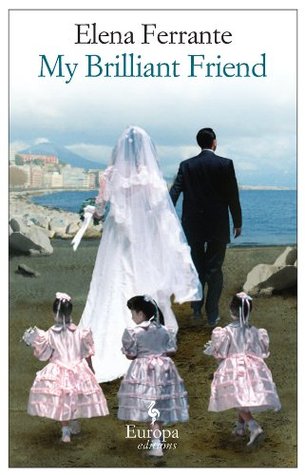
(By Geneva) There is not much left to be said about Elena Ferrante’s brilliant novel “My Brilliant Friend.” It occupies a space of absolute devotion in the minds of those who read it, lending easily to obsession and adoration. But if you, like me, have been resisting this novel out of a stubborn refusal to fall in love, I implore you: open your heart. Ferrante has the uncanny ability to make you nostalgic for something you never had. The memories of Lenu and Lila become one’s own: their triumphs are our triumphs, their disappointments are our disappointments, their heartbreak as visceral and poignant and visceral as if it were us on the beaches of Naples, watching the ferry which carries our lover further and further from us, while the Neopolitan sun sets, and the first Neopolitan novel ends.
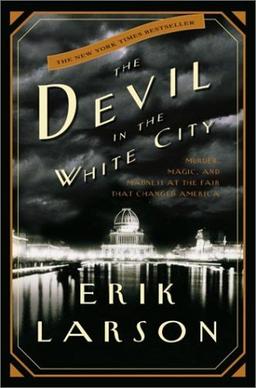
(By Geneva) On its surface, Erik Larson’s history of late Nineteenth Century Chicago is actually two stories. In the first, a board of intrepid American architects struggle to construct the 1893 Chicago’s world fair, buffeted on all sides by mounting deadlines, bruised egos, and unstable soil. In the other, a killer begins constructing his terrible nest in one of Chicago’s suburbs, a mausoleum that will one day become known as “The Murder Castle.” And yet, as one continues through the lovingly and obsessively researched “The Devil in the White City,” it becomes clear that these dual narratives are not as opposed as the once seemed. The proud industrialists, steel forgers, and visionaries created cities almost quickly as they created impoverished, destitute, and homeless citizens. And these lost creatures, beguiled by the anthem of success, wandered into the net H.H. Holmes had cast, his clear eyes expressing no emotions, and so the Murder Castle swallowed up another resident. Both are stories of American identity, the self-made man, success at all costs. It is only the goals that are rearranged, and chillingly, we see how easy it is to re-purpose a well-known dogma, and its irreparable consequences.
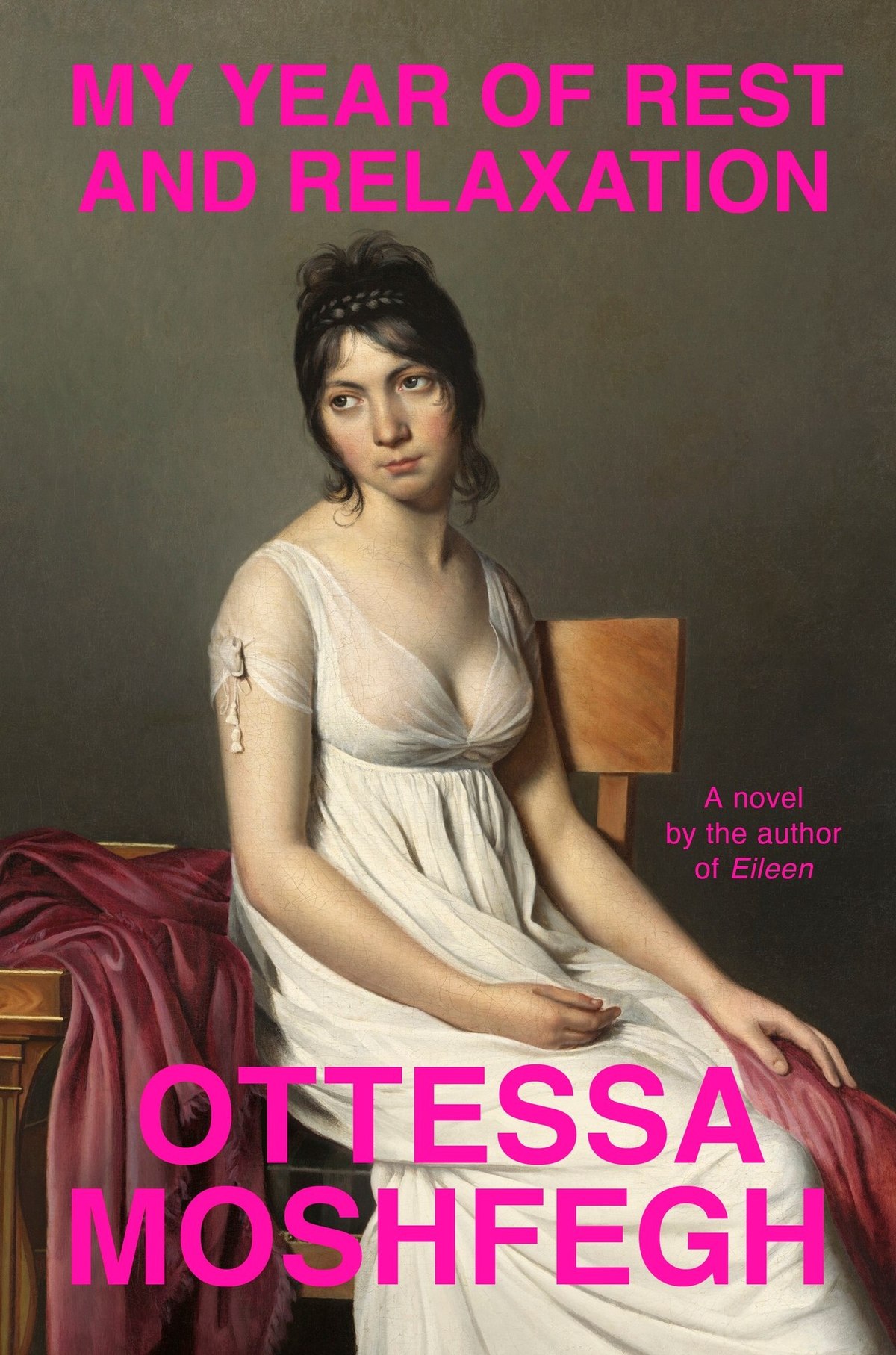
(By Geneva) There is something oddly paradoxical about the claustrophobic novel. By nature, and perhaps by cliché, fiction offers glimpses into worlds that are not our own, either overtly, in the case of fantasy or science fiction, or subtly, without us even realizing that we are but voyeurs to these lives, these days. Ottessa Moshfegh’s “My Year of Rest and Relaxation” has the paralyzing effect of one’s body succumbing to anesthesia, but the mind is awake, unable to call out, unable to scream. Embarking on a quest to achieve a state of hibernation, from which, she is certain, she will awaken new and pure, Moshfegh’s main character swallows increasing quantities of sleeping pills, sometimes not waking for days. Her body, and her instinct, however, have been awake, running all over New York City and rearranging her furniture. The city becomes the enemy, and then the apartment, and then the bedroom, and finally, the body itself. Sleep cannot come soon enough, but it is denied to the main character and the reader, until both are locking the bathroom door, pawing through pill bottles and restlessly turning pages, unable to stop, to rest, to surrender.
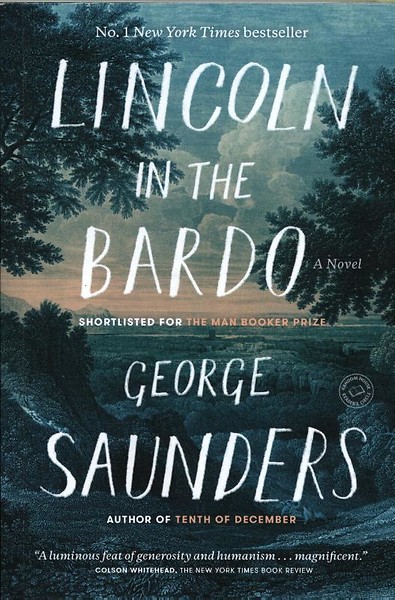
(By Geneva) George Saunders’s stunning novel creates a collage of fact and fiction, detailing the nights when President Abraham Lincoln would break into Georgetown cemetery in order to hold his recently deceased son, Willie. Pieced together by primary sources, secondary sources, and interviews with the ghosts who haunt the cementary, Saunders’s novel asks us which of these is the most “true” account, where even a description of the moon on a specific date can be wildly varied, and the arrangement and exclusions of the author are never far from sight. In the end, how do we discern history from memory, and how do we keep the people we love most from becoming either? Brilliantly moving, thoughtful, and tender, Saunders’s novel deserves all its accolades and more. MORE
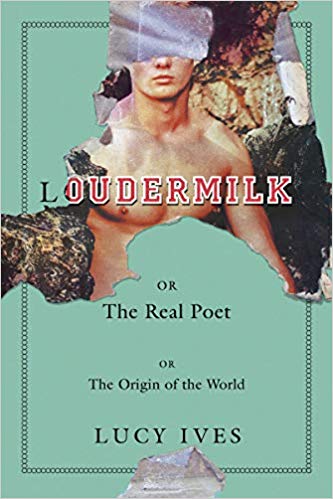
(By Geneva) Lucy Ives’s debut novel, Loudermilk, (also titled The Real Poet; Or, The Origin of the World), delights in the poet as both hapless person and omnipotent creator, allowing those definitions to define each other, and then, everything around them. The titular Loudermilk, an Adonis in Adidas, crushed by his good looks and limitless charisma, decides that the arena suited to his talents is the world of MFAs, where the hunchbacked, insecure, creative writing types will be near-immolated by the appearance of this flaxen hero. While Loudermilk will provide the person, his diminutive sidekick Harry will provide the poems: “How hard can it be?” Loudermilk remarks with beautiful uncaring. And, it seems, it isn’t hard at all. Harry proves himself to be a deft poet, happy to live in Loudermilk’s spare room, safe from the outside world, and Loudermilk reveals himself to be a stunning poet in his own right: just not when it comes to writing poems.
Because this is what makes Ives’s novel brilliant: beneath the levels of sarcasm, irony, and exuberant humor, the reader asks themselves what, exactly, a poet is. Because, as Loudermilk descends into an egotistical madness, and Harry questions who these poems are for, and the other students at their prestigious MFA gnash their teeth and rend their garments in intellectual jealousy, it seems that they all rely on each other, a delicate and oriented machine dependent on each small part. Harry’s poems reflect what he has heard second hand in workshops, Loudermilk reflects the praise these poems bring him, and the students, like a Greek Chorus, reflect only what they have been told, and they do so dutifully. Each person wants to be the other. No one knows how to say so.
Who then, do these poems belong to? Maybe no one: they are, in the place of the novel, just fiction. But then, what poem isn’t? MORE
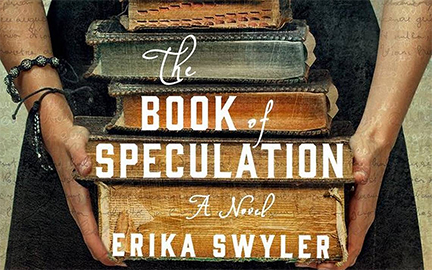
(By Kelley) The Book of Speculation has a little something for everyone: mystery, fantasy, history, suspense, and a sprinkle of romance. When Simon unexpectedly receives a circus logbook from the late 1700’s that includes a family name, he sets out to unravel the secrets of his parents and all the women who died young on his mother’s side of the family. Despite being “mermaids” able to hold their breath for 10 minutes at a time, they all mysteriously drowned. Told in alternating chapters set in present day Long Island and an old-time traveling show, this epic tale will keep you turning pages and rooting for Simon to solve the mystery before the family curse catches up with his sister. MORE
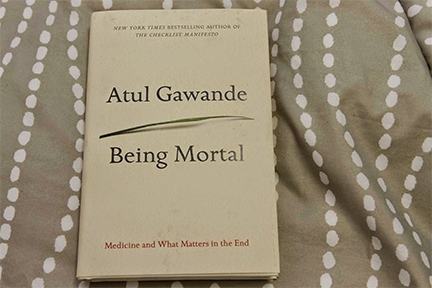
(By Alan) Bestselling author Atul Gawande writes a timeless and personal account on how we can better live with (and assist our loved ones with) old age, serious or terminal illness and approaching death. Far from depressing or morbid, it’s a book for the living, and that offers navigation through the most difficult times of old age and illness. If you have parents, read it. It will change all of your lives in some way. MORE
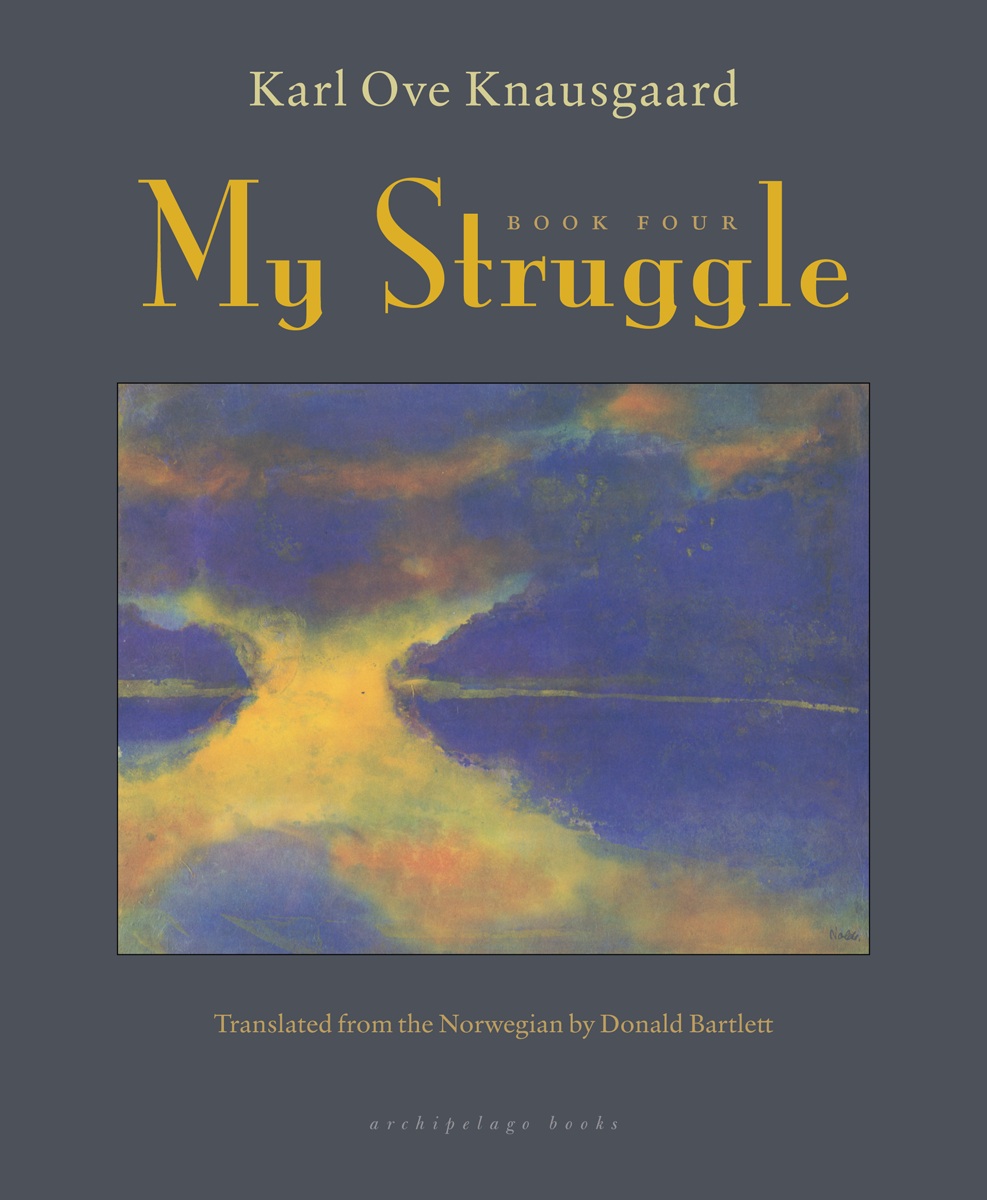
(By Amanda) One ‘novel’, running 6 volumes and some 3,600 pages: to say that My Struggle is an ambitious piece of work is a bit of an understatement. It’s also the literary event of the decade, maybe the century. I balked at reading this behemoth, or even part of it, until rave reviews started rolling in from friends, and trusted regular customers. I dipped my toe into Knausgaardian waters by reading his recent travel pieces for the NY Times, and was shocked to find myself laughing aloud at some passages, crying like a baby at others. (A TRAVEL piece. In the Times. Seriously?)
Pick up that first volume with caution: a few minutes’ exploration easily turns into hours-long binges, as a strangely uneventful story (the author’s middle-class Norwegian childhood/youth/adulthood, rendered in minute detail) unspools before you. Two volumes in and I (in agreement with many actual, professional book reviewers) am prepared to call it the best contemporary fiction out there. My only complaint is having to read it in (seemingly amazing) translation. I keep wondering what the Norwegian is like…not that I’ll ever know.
Volume 4 was just released in English on April 28th, great news for anyone who’s already made their way through the first three books, and a further challenge (or comfort, once you’re hooked) to those of us just getting started on this massive, and massively engaging, project.

(By Amanda) Sometimes the unexpected literary successes are the most satisfying. Anyone can write an exciting, bestselling thriller or vampire book, but something subtler, more meaningful?
H is for Hawk is the beautifully written chronicle of a woman’s struggle with grief after her father’s death. A grief that leads her, naturally, to acquire a hawk and attempt to train it. You just have to read it. And then give it to a friend/parent/child/neighbor and have them read it.
You’ll thank me. That is all. MORE
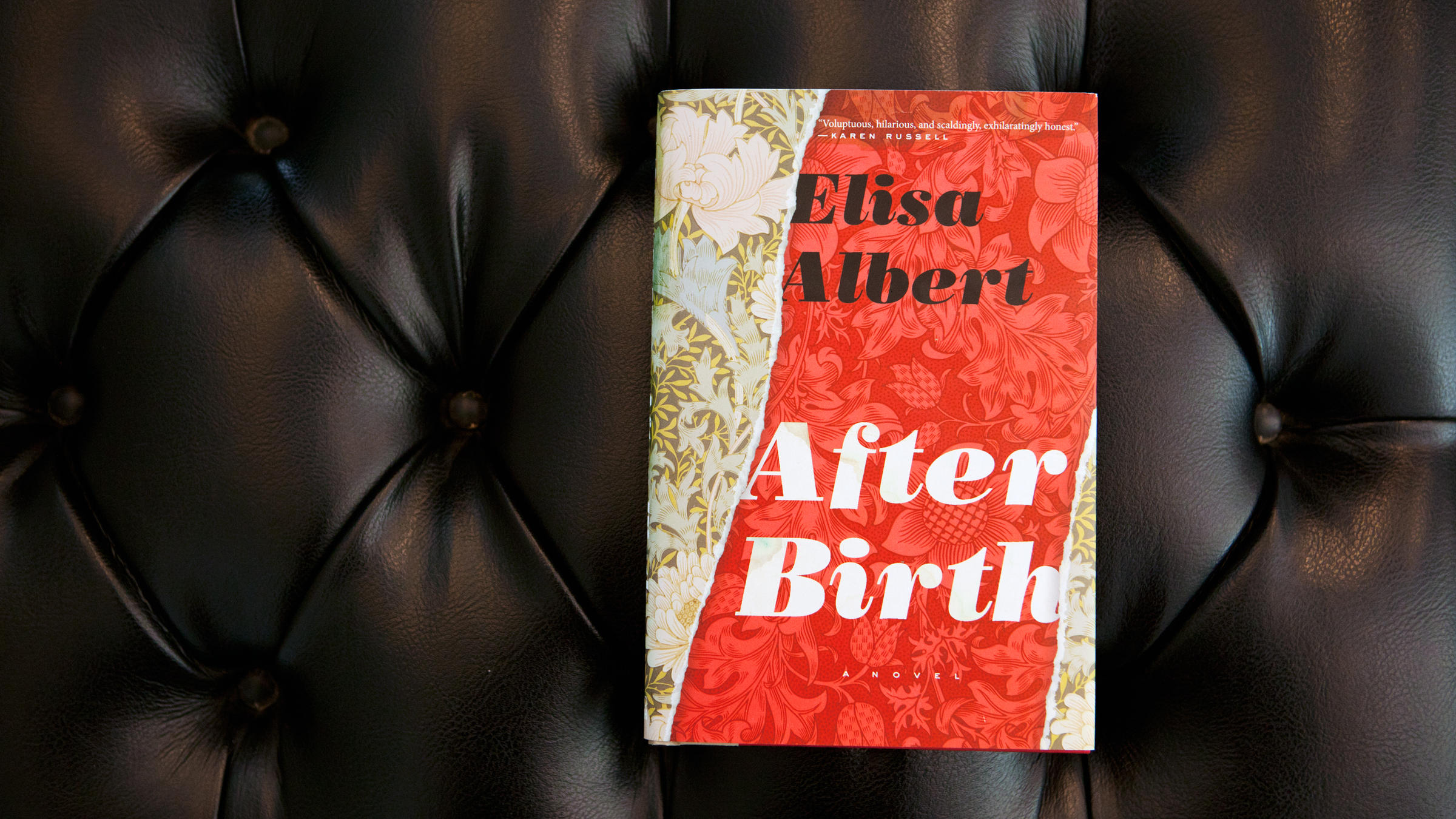
(By Amanda) I picked up Elisa Albert’s novel After Birth because several other writers had mentioned it to me, and I was in the middle of a 3600-page autobiographical novel by a Norwegian man (see above). I was in desperate need of something both literally and figuratively closer to home, a palate-cleanser, if you will. And then I couldn’t put it down.
The incredibly honest story of a woman grappling with the boredom and disappointment of new motherhood while dealing with the boredom and disappointment of living in a gentrifying upstate town, it hit a nerve- well, really, most of my nerves. Yes, it will speak to mothers and upstaters. But it’s also a great exploration of motherhood today, and living outside of the mainstream politically, geographically, or psychologically (not every birth experience is a Hallmark moment, and not every new mother takes to her role with ease and joy. And that’s OK.) MORE
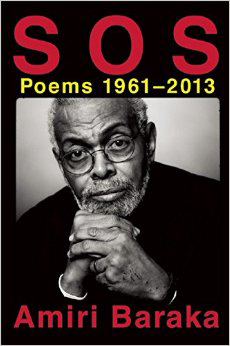
(By Amanda) I am not a poetry person, really. I love it, but I don’t have the wherewithal to follow the contemporary scene as closely as I should. I read the classics when I think of reading poetry- Shakespeare, Auden, Carson.
Amiri Baraka is a classic, a giant of the 20th-century, and this is the definitive collection of his work. A beautiful, substantial volume (50 years of writing!) this is one of those books I think every home with a bookcase should have. Read him to your friends, read him at parties, then read him to your kids. Guaranteed to provide 50 years of reading. MORE

(By Amanda) A truly amazing coffee-table book? Isn’t that a contradiction in terms? (Sorry, they’re usually more gloss than content…) This collection of small modernist buildings (think sheds, vacation cabins, tiny houses) is a revelation: the projects documented are exquisite, and the photography and layout are perfect. This is a book that could entertain an armchair builder for years, or provide endless inspiration for anyone actually considering building.
Hide and Seek is a great complement (and 21st-century update) to two other Spotty Dog favorites, the eternally amazing Shelter, and its sister publication Tiny Homes. If you’re a fan of either, Hide and Seek will blow your mind. From minimalist beach huts to tiny cabins that look like boulders, there’s something here for anyone interested in sleeping under a (very stylish) roof. MORE
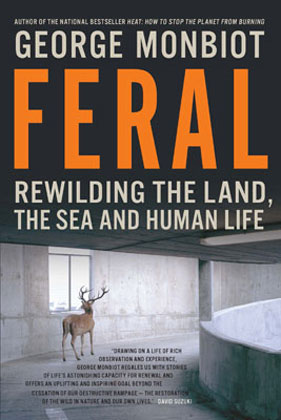
(By Amanda) Did you know you’re a hundred and fifty times more likely to be killed by a toothpick than by a wolf? That playing outdoors around grass and trees reduces the incidence of ADHD in children, while playing on pavement increases it?
You may know George Monbiot from his articles and blog for The Guardian. He’s a thoughtful writer about social issues and the environment, and he’s long come down on the side of both wild animals and wild places. His latest book is an exciting approach to a host of man-made ills, embracing the idea of rewilding, a kind of un-development of the landscape coupled with steps to help wild things (plants, animals) reclaim the places and spaces they’ve lost.
It sounds dry, but for those of us overwhelmed by the constant barrage of environmental bad news, it’s lovely to think that there might be some hope, a positive proactive set of steps we can take in places around the world to slow the mass extinction of species currently underway, and reinvigorate both the health of our landscapes and our relationship with nature. All while actually improving human health, happiness, and sanity. MORE
